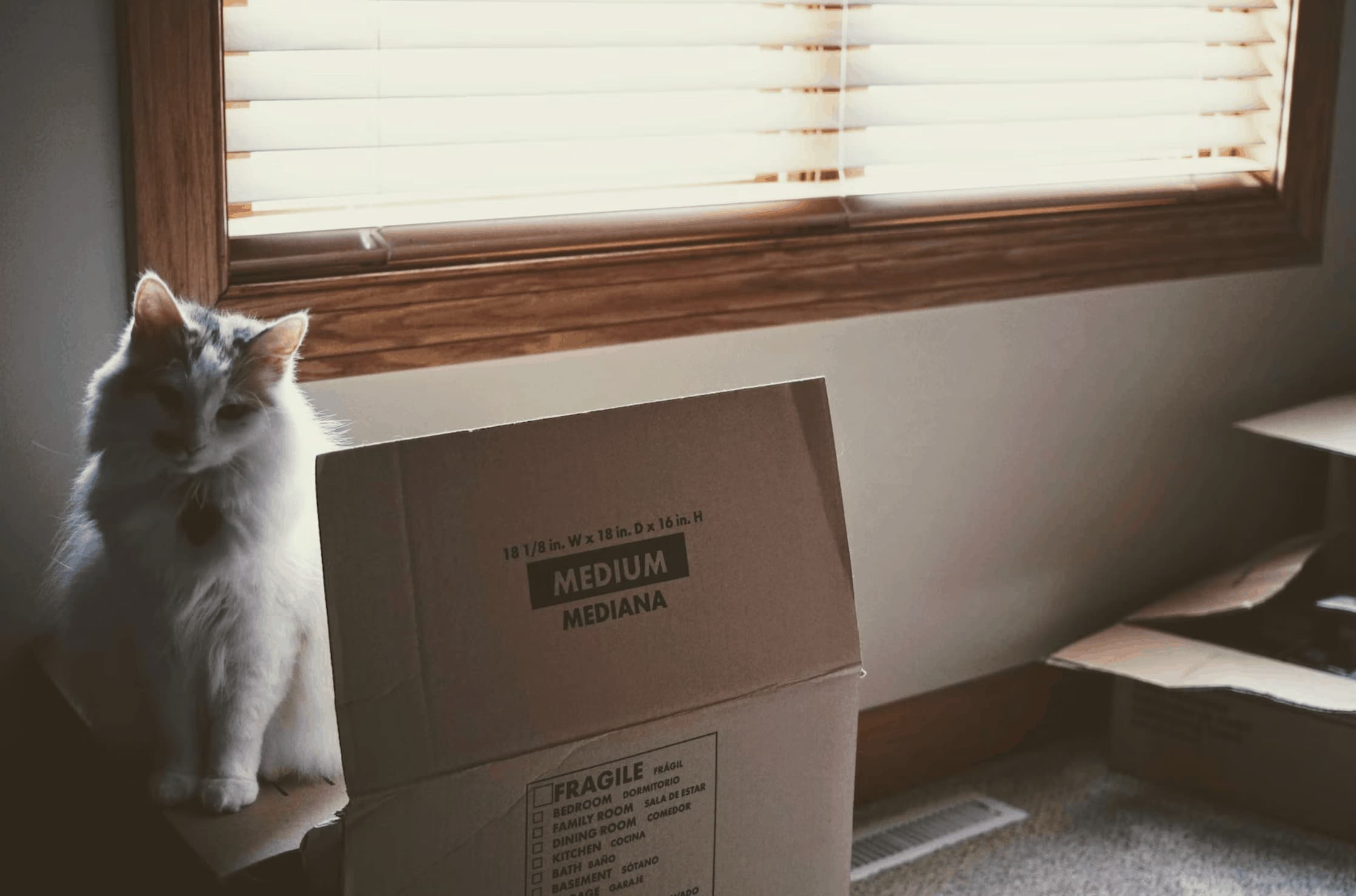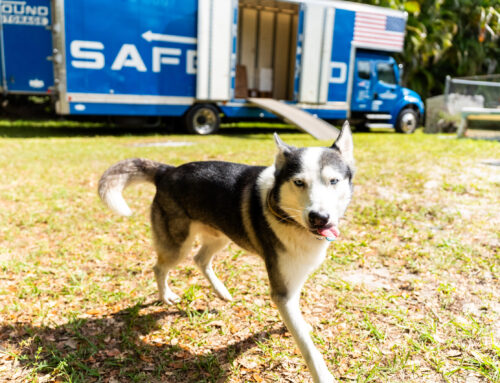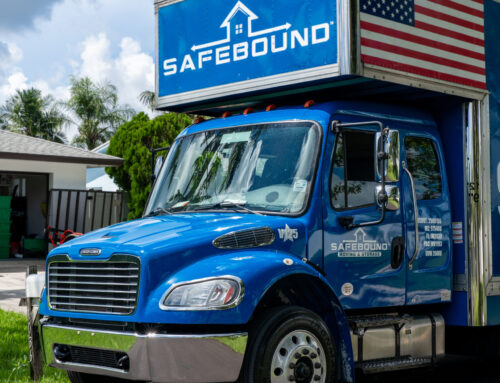Moving can be a stressful time for everyone in your family, including your furry friends. Pets can often experience anxiety, confusion, and fear during a move, and it’s important to make sure they feel comfortable and safe throughout the process. If you’re planning a move with pets, here are some strategies to make the transition easier for them.
1. Plan ahead
Moving can be chaotic and overwhelming, which can be stressful for pets. To help minimize their anxiety, start planning your move well in advance. Make sure you have all the supplies you need, including pet carriers, food, water, and any medications your pet may need. If you’re moving to a new state or country, be sure to research the local laws and regulations regarding pets.
2. Keep your pets away from the action
On moving day, there will be a lot of people in your home, and a lot of activity going on. This can be very stressful for pets, so it’s best to keep them in a quiet, secure location away from all the chaos. This could be a bedroom, a bathroom, or even a pet-friendly hotel for the day. Be sure to provide them with plenty of food, water, and toys to keep them occupied.
3. Use familiar items to ease anxiety
Pets can feel more comfortable in new surroundings if they have familiar items with them. Make sure to pack their favorite toys, blankets, and bedding to help ease their anxiety during the move. If possible, try to set up their new space with familiar items as well, such as their bed and toys.
4. Update your pet’s information
Make sure your pet’s information is up to date, including their microchip and identification tags. This is especially important if you’re moving to a new city or state. You don’t want your pet to get lost during the move and not be able to find their way back home.
5. Take breaks during the journey
If you’re driving a long distance with your pet, be sure to take breaks every few hours to allow your pet to stretch their legs and use the bathroom. This will help them stay calm and comfortable during the journey. Be sure to bring plenty of water and snacks for them, and never leave your pet in a hot car.
6. Introduce your pet to their new home slowly
Once you arrive at your new home, it’s important to introduce your pet to their new surroundings slowly. Allow them to explore one room at a time, and be sure to give them plenty of attention and affection. Try to maintain a consistent routine for them, including feeding and walking schedules.
7. Consider hiring a pet sitter or boarding facility
If you’re unable to provide your pet with the attention and care they need during the move, consider hiring a pet sitter or boarding facility. This will allow your pet to receive the care and attention they need while you focus on the move. Be sure to research the facility or sitter thoroughly to ensure they’re a good fit for your pet’s needs.
8. Specific tips for moving with dogs
Moving with cats can be a daunting task as they are creatures of habit and can easily become anxious in new environments. To make the process less stressful, it’s essential to prepare in advance by gradually introducing your cat to their carrier and the moving boxes, keeping them in a secure room on moving day, and packing their favorite toys, litter box, and food. During the move, ensure that your cat is safe, secure, and comfortable in their carrier or crate. Once you arrive at your new home, allow your cat to explore their new surroundings at their own pace, and make sure they have a designated safe place where they can retreat if they feel overwhelmed. By taking the time to prepare and easing your cat into their new home, you can help them feel secure and comfortable in their new surroundings.
9. Specific tips for moving with cats
Moving with cats can also be a challenging experience, as they can be sensitive to changes in their environment and routine. It’s important to plan ahead and make sure your cat’s needs are taken care of throughout the move. This includes keeping them in a quiet and secure location on moving day, providing them with familiar items like their bed, toys, and litter box to help ease their anxiety, and allowing them to explore their new surroundings gradually. It’s important to maintain a consistent routine for your cat, including feeding and playtime, to help them adjust to their new home. With patience and care, you can ensure that your cat feels safe and comfortable during the move to their new home.
To sum up, moving can be a daunting experience for both humans and pets alike. If you’re relocating, it’s important to take steps to ensure your furry friends are comfortable during the process. Whether you’re using long distance movers or a local moving company, here are some tips to help ease your pet’s anxiety and ensure a smooth transition. Make sure to plan in advance, keep your pets away from the hustle and bustle of the move, use familiar items to help calm them, update their information, take frequent breaks during the journey, introduce them to their new home gradually, and consider hiring a pet sitter or boarding facility if necessary. By taking these measures and giving your pet extra care and attention, they can quickly adapt to their new surroundings.





